We are very pleased to welcome Mathieu from the blog ChiliVoyages today for an article on the volcanoes in his favorite country, Chile! As you may have noticed, we are fond of these volcanic giants, especially after our trip to Indonesia. So, we’re excited to learn more before arriving in Chilean territory!
Chile’s vast geographical diversity makes it a unique country. It has the distinction of having the largest number of volcanoes, some of which rank among the highest in the world. Stretching from north to south, this volcanic chain is the most extensive on the planet. After all, the country itself is incredibly long! In this article, I’ll introduce you to why there are so many volcanoes in Chile and explore the allure the Andes’ volcanic activity holds for travelers. But be careful, watch out for altitude sickness, or ‘soroche‘!
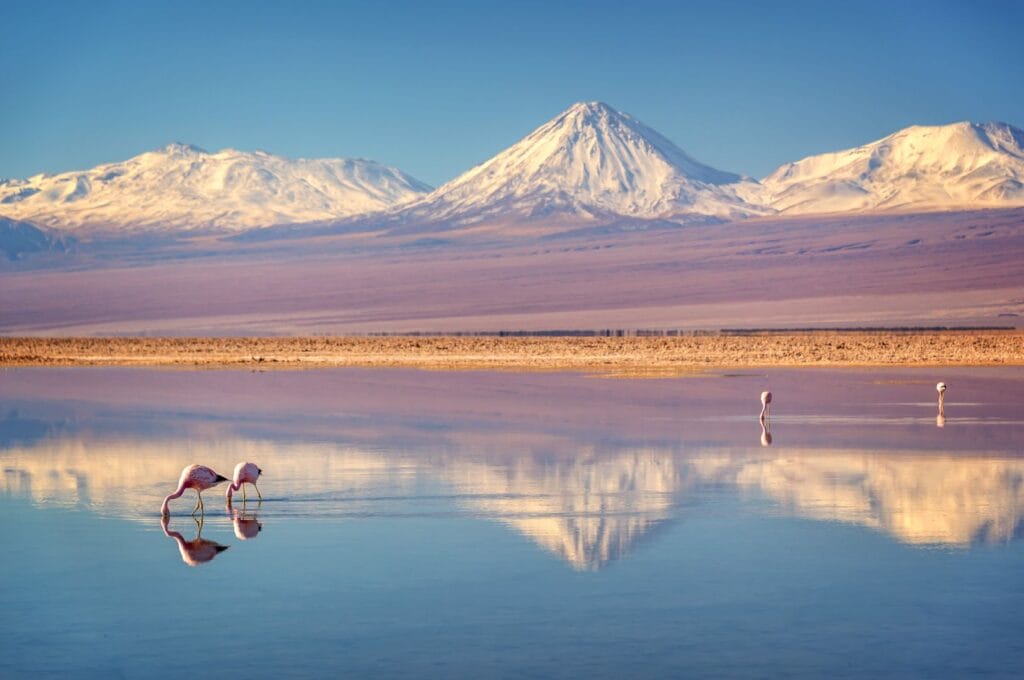
Why are there volcanoes in Chile?
Chile’s massive volcanic chain is closely linked to the movements of tectonic plates. Located at the crossroads of constantly shifting Earth plates that form the famous Pacific Ring of Fire, Chile is one of the most seismically active countries in the world. Moreover, the Nazca oceanic plate is subducting beneath the South American continental plate, placing Chile at the forefront of this process. As a result, seismic tremors are frequent, and the risk of earthquakes is ever-present.
There are 500 active volcanoes in the country, far more than in Indonesia! Some of these volcanoes are highly active, continuously spewing smoke, much to the delight of volcanologists and visitors seeking extraordinary landscapes. Before any trip or hike, check Chile’s volcanic activity and the status of the national parks.
I won’t list all the volcanoes in Chile, but some stand out and are of particular interest to hikers and trekkers.
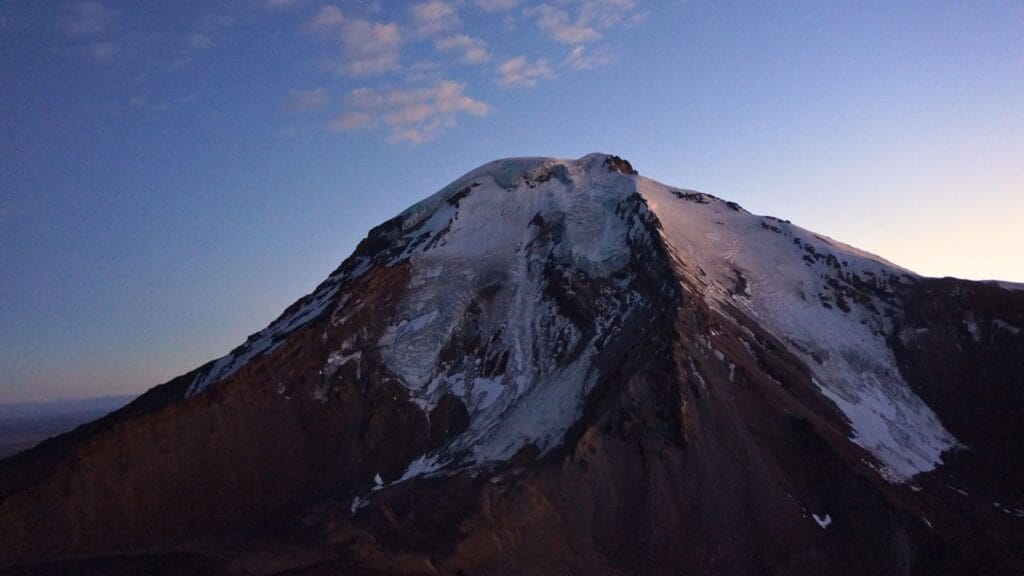
The volcanoes of northern Chile
It’s in northern Chile, particularly near the borders with Bolivia and Argentina, where the highest volcanoes can be found, surpassing 6,000 meters in altitude.
Pomerape and Ojos del Salado volcanoes
This includes Pomerape in Bolivia’s Sajama National Park, which rises to 6,282 meters, and Ojos del Salado, towering at 6,891 meters, making it the highest volcano in the world. Nearby, people live year-round at 4,420 meters above sea level, as in the village of Parinacota!
The Chungará Lake, located in Chile’s Lauca National Park at 4,517 meters, adds a splash of color with its emerald green hue against the desert-like atmosphere. You can visit it year-round.
It is recommended to be well-equipped, especially in winter (May to September) when snow and very low nighttime temperatures are expected. The same goes for climbing Ojos del Salado. But don’t worry—despite the challenging ascent, you don’t need to be an experienced mountaineer to reach the summit. Read Kent’s climbing this giant here.
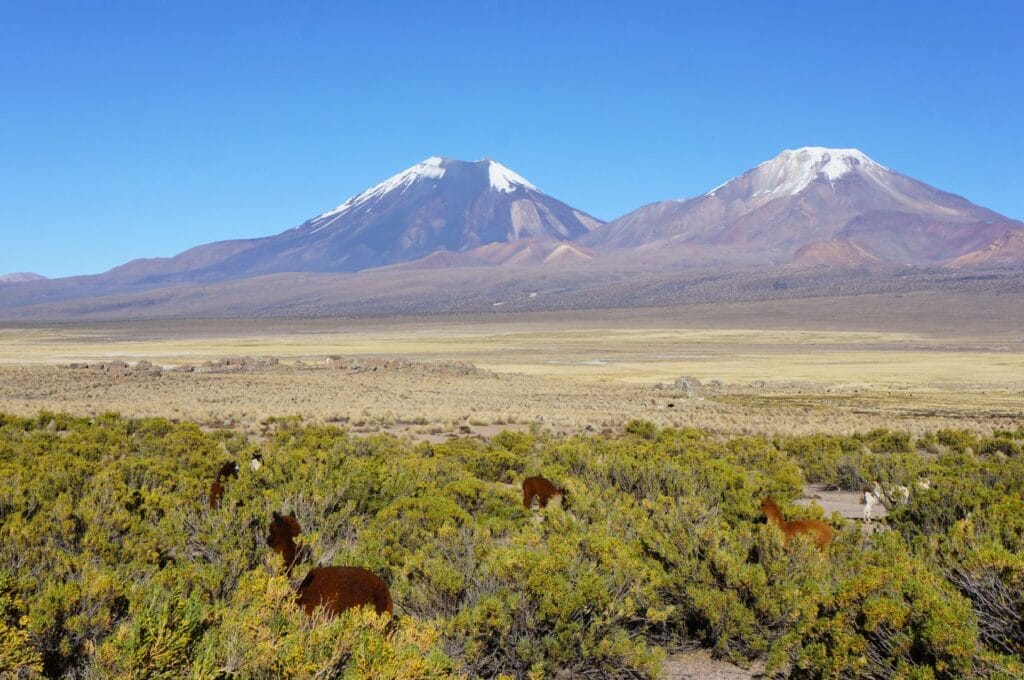
Nevado Tres Cruces
Another majestic volcanic area in northern Chile is Nevado Tres Cruces, an iconic group of three volcanoes whose peaks range from 6,030 to 6,748 meters above sea level! Straddling the border between Chile and Argentina, you must access the various camps on their slopes from the Chilean side. But there’s little information available online…
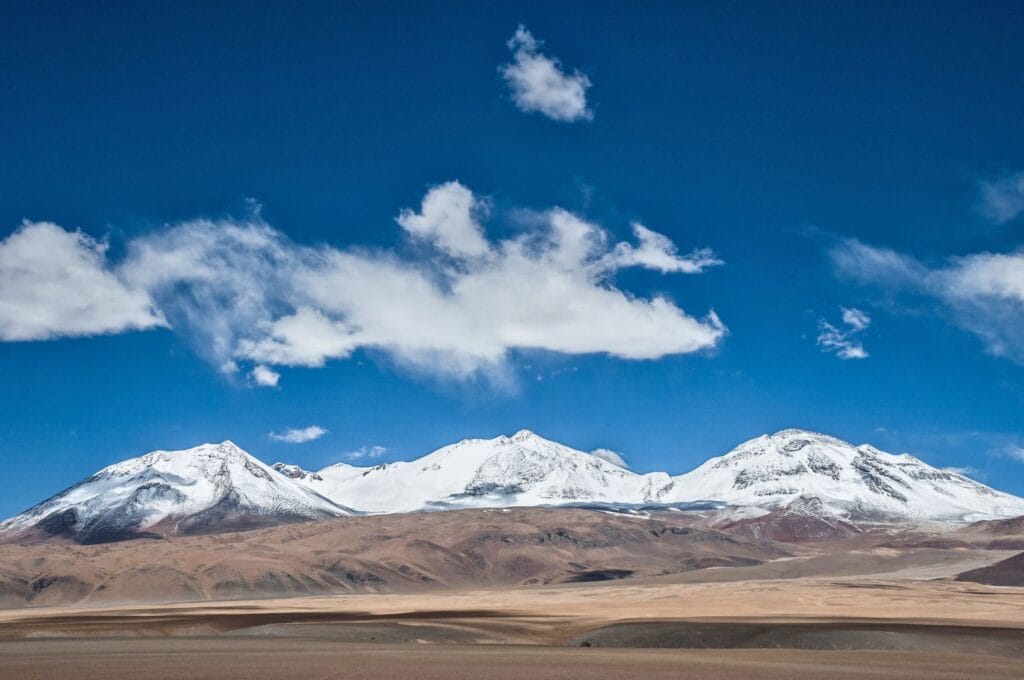
The intense volcanic activity in Central Chile
Further south, the region between Santiago and Patagonia has been named the Lake and Volcano District. Here, a large number of these living mountains are concentrated. While lower than their northern counterparts, these volcanoes are potentially more active and more dangerous. I’m thinking particularly of the Llaima and Villarica volcanoes, which have been on alert since the last major earthquake in 2010.
Llaima volcano in Conguillío National Park
With a summit of 3,125 meters, Llaima is one of Chile’s most active volcanoes. Located in the heart of the stunning Conguillío National Park, its summit can be reached from Captren or Pucón after a 14 km hike with a 1,800-meter elevation gain. The trail is difficult, so it’s best to take a guide to complete the ascent.
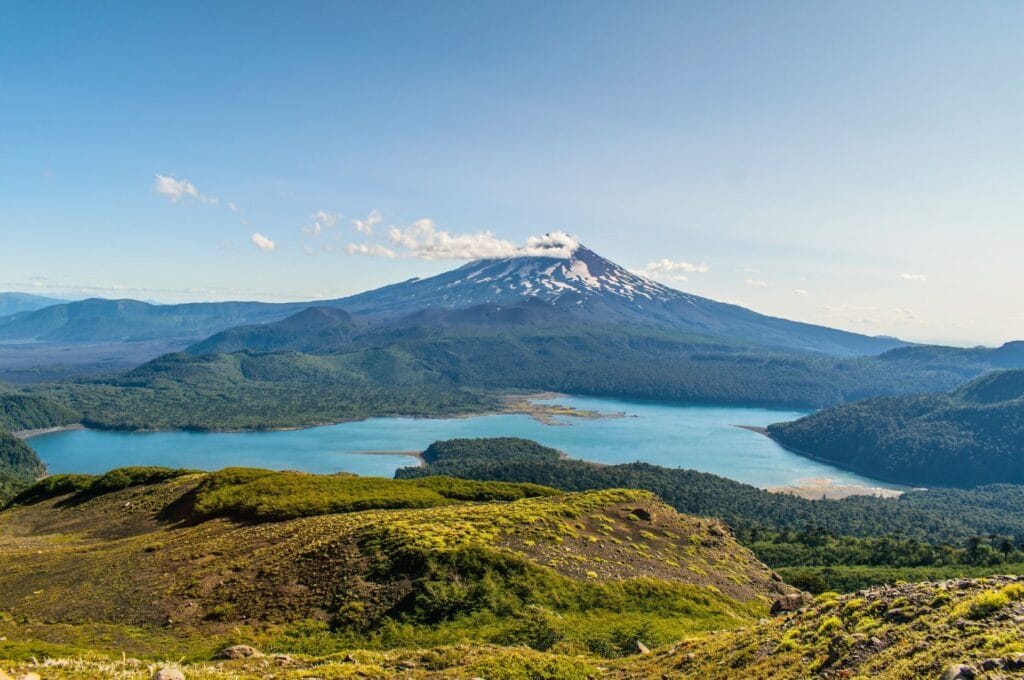
This article contains affiliate links to partner sites. When you use our links to book accommodation, a car, or an activity, you don’t pay anything extra, but we get a small commission. This helps us to offer you free, independent, and ad-free content. Thank you for your support!
Nevados de Sollipulli
Located just north of Patagonia in Villarica Reserve, Nevados de Sollipulli may be lower than its bigger brothers (2,280 meters), but it’s not without interest. Known for its snow and ice-filled caldera, you can reach the summit on a round-trip trail of just over 10 km with a 1,020-meter elevation gain. The climb is fairly steep but steady, offering absolutely stunning landscapes.
Villarica volcano
Around Villarica Volcano in Pucón, numerous sports activities have been developed for the enjoyment of tourists and Chileans from Santiago who love to come and recharge in this region.
Villarica Volcano is also known as Rucapillán by the Mapuche indigenous people, meaning “house of the demon.” The volcano attracts visitors because it’s active, and it shows. Smoke escaping from the crater is a sign of its constant vigilance, and you can get very close to it. Well-known for its climb, its difficulty is manageable for most people. However, a good physical condition is still required to reach the top.
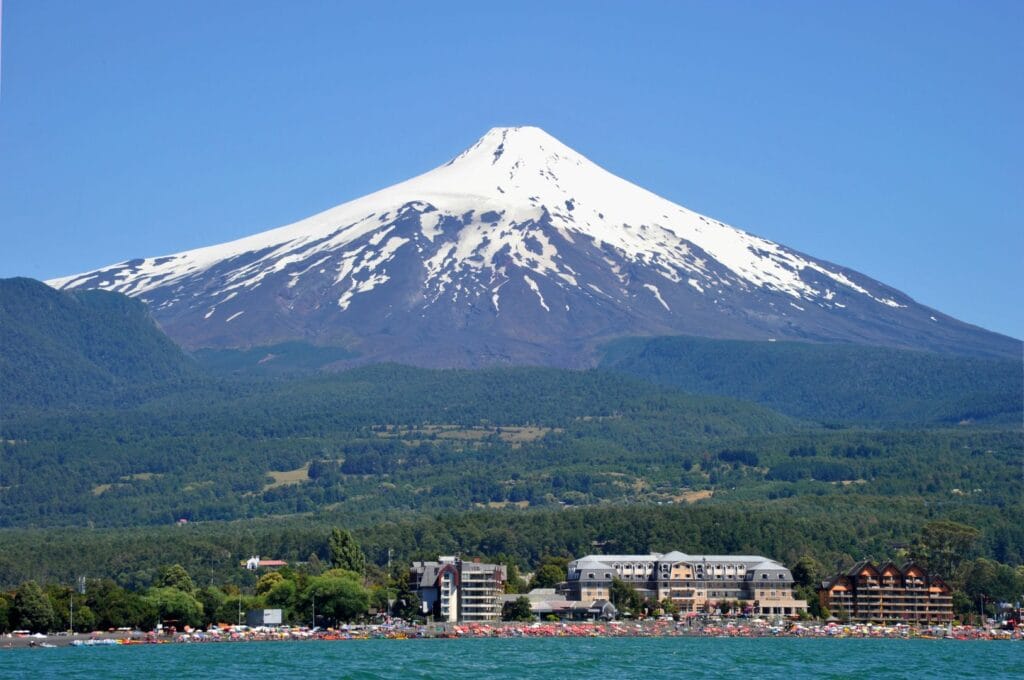
There are enough dangers to make going alone unwise, given the volcano’s unstable activity and the ice at the summit. It’s best to take a tour with a guide and equipment included (ice axe, boots, gas mask). The climb is possible year-round, and in winter, you can even ski or snowboard down. Fun, right? For more information on this hike, check out Fabienne and Ben’s article on Pucón.
The volcanoes of southern Chile
Osorno and Calbuco volcanoes
Even further south, at the gateway to Patagonia, climbing the Osorno and Calbuco volcanoes is popular among hikers. Like Villarica, they are much more accessible than others. Indeed, they rise to “only” 2,652 and 1,974 meters, respectively!
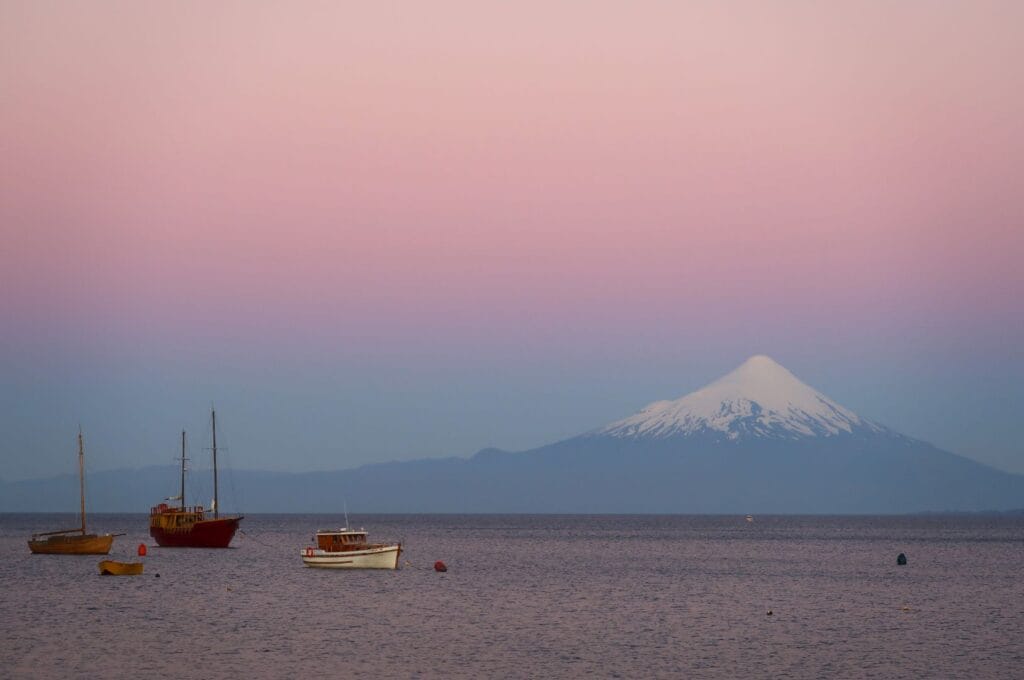
To reach the summit of Osorno, the safest way to hike is with a guide on a day trip from Puerto Varas. In total, the trail is a 9.6 km round trip with a 1,465-meter elevation gain, and you’ll need crampons and an ice axe for the last two kilometers or so.
Calbuco is also fairly manageable, starting this time from Puerto Montt or Ensenada to hike its northern slope. Although it’s lower, you’ll have to walk 17.5 km round trip with a 1,442-meter elevation gain.
Chaitén volcano
Finally, we wrap up this selection with the Chaitén volcano in northern Patagonia. What makes it unique? Its massive 2.5 km wide caldera, at the center of which rises a lava dome. To reach its rim at 740 meters, the trail is a 4.8 km round trip with a 613-meter elevation gain. The trailhead is located on the road before the town of Chaitén. It’s probably the easiest ascent in this selection!
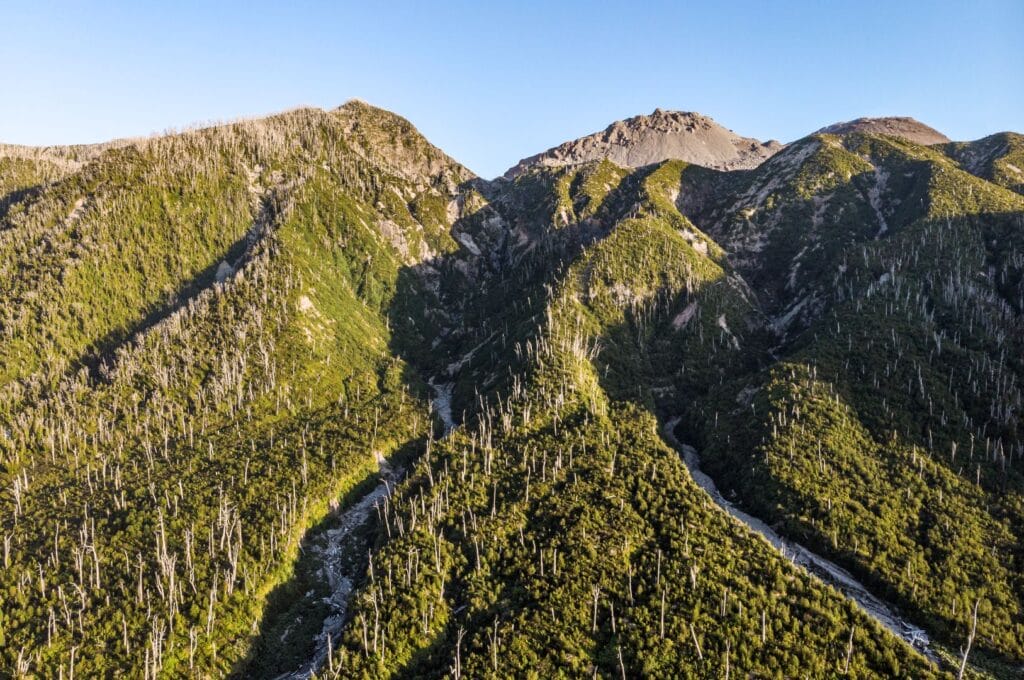
Other activities around volcanoes
Volcanoes aren’t just for budding climbers! There are also more leisurely ways to enjoy them.
Geysers
The presence of magma beneath Chilean soil is the source of another fascinating phenomenon: geysers. They are found in areas of intense volcanic activity. The magma heats the underground waters, causing them to reach boiling point. The pressure builds, and when a fissure to the surface appears, the water is violently ejected.
This phenomenon can be observed in the north of Atacama Desert, at El Tatio, 4,200 meters above sea level. With its 80 geysers, it’s the largest geothermal site in South America! The summer season sees more rainfall on the Andean plateaus, so it’s better to check the road conditions before setting off. One solution is to take a guided tour from San Pedro de Atacama.
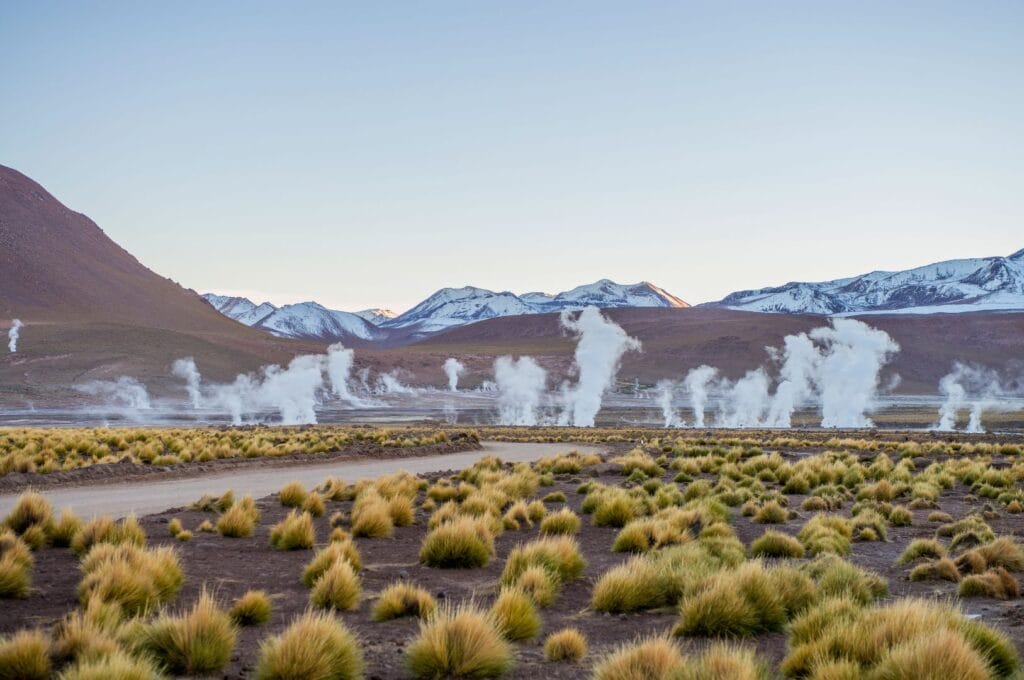
Volcanic caves
Volcanic caves have formed naturally over time. Volcano enthusiasts will enjoy exploring these tunnel-like caves. They are found notably on the slopes of Villarica Volcano, in Parque Cuevas Volcanicas.
Hot springs
Volcanoes also offer their warmth by heating some springs. The hot springs in Chile provide an exceptional setting. I found it very enjoyable to relax in these naturally heated baths. At Cajón del Maipo, not far from Santiago, you can choose your bath according to its temperature and enjoy a fantastic setting. Also, in the Chillán hot springs, you can soak in warm waters surrounded by the Nevados de Chillán, a group of three volcanoes located in the Reserva de la Biósfera Corredor Biológico Nevados de Chillán – Laguna del Laja, a UNESCO Biosphere Reserve.
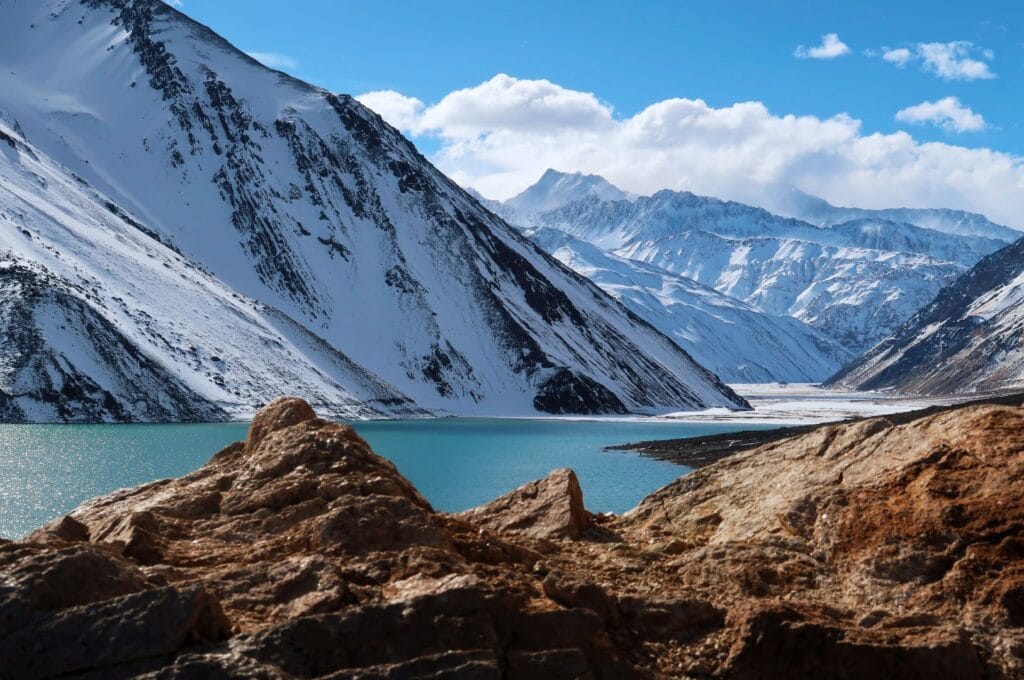
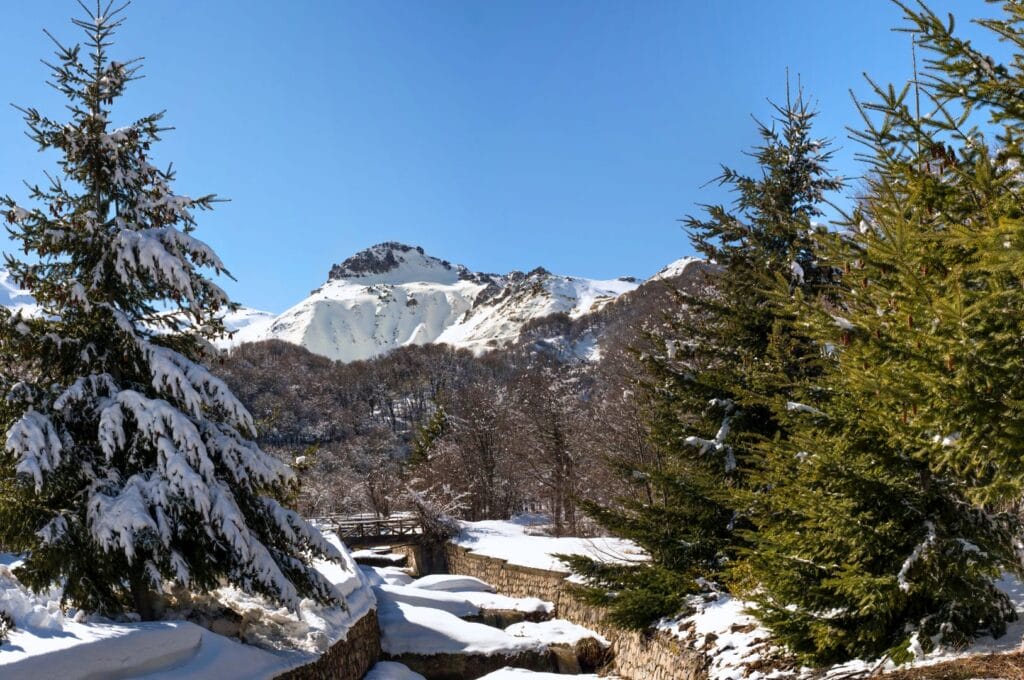
Other sporting activities
But that’s not all! Volcanic areas are teeming with rivers and host a fascinating variety of flora and fauna. You can also engage in other sports activities like mountain biking, quad biking, rafting, canyoning, kayaking, skiing, paragliding, trekking… In short, there’s plenty to keep you busy!
Beware of altitude sickness
Climbing the volcanoes in northern Chile presents an added challenge: altitude. While Villarica rises to 2,847 meters, the volcanoes in the northern part of the country are much higher. Interested in finding yourself over 5,000 meters above sea level, higher than Mont Blanc? But be careful, don’t go without taking precautions!
Definition
It’s crucial not to overlook preparation before venturing into high mountains. The dangers are numerous, and help is less accessible. The lack of oxygen is the cause of acute mountain sickness (AMS), and unfortunately, we don’t all react the same way.
I remember that at 3,700 meters altitude, even the slightest effort left me out of breath, and recovery took longer than usual. More sensitive individuals may already experience nausea, headaches, dizziness, or even insomnia at this altitude. Our health, fatigue, and diet are factors that make us more or less susceptible.
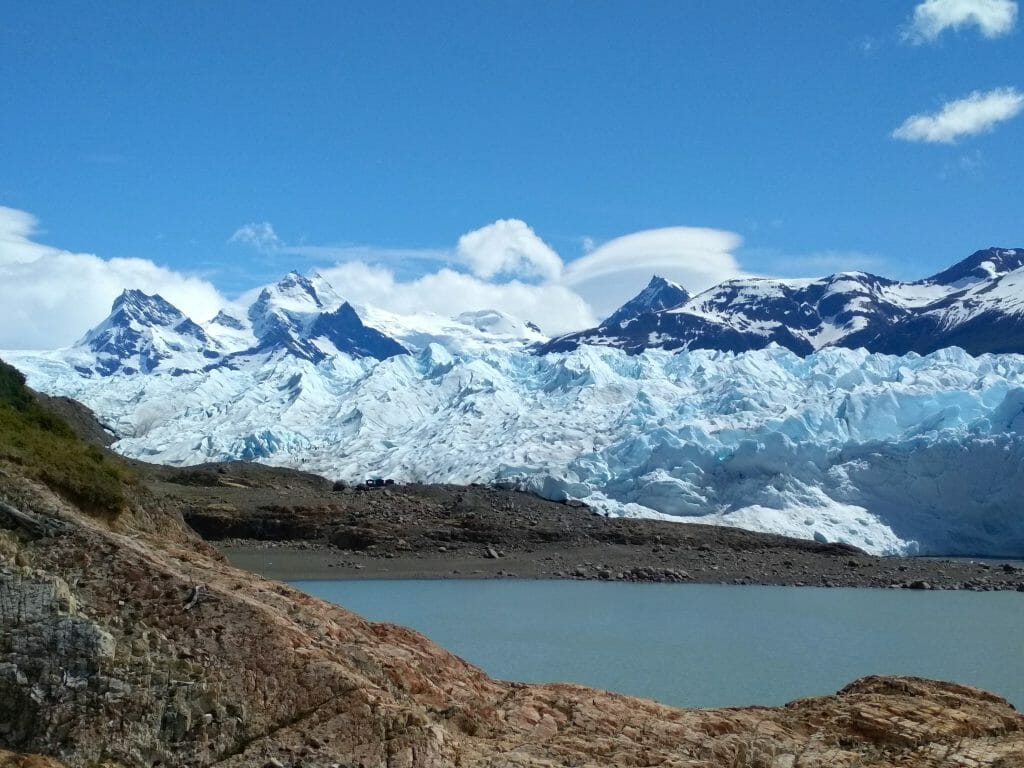
What to do against altitude sickness?
You must take your time to acclimate, and if the first symptoms appear, don’t be stubborn—descend quickly. Acute mountain sickness can be fatal! For more advice on AMS, you can read Fabienne and Benoit’s article on the Cordillera Blanca. They trekked with a group that included a Brazilian who nearly died from AMS…
Thank you to Fabienne and Benoit for this invitation. I wish you thrilling adventures in the Chilean Andes. Mathieu Guillouzo
And what about you, which volcano inspires you, and which one would you recommend? We thank Mathieu for his article: thanks to him, we stopped between Bolivia and Chile in Sajama and Lauca National Parks to admire these giants and the lagoons surrounding them!
Pin it
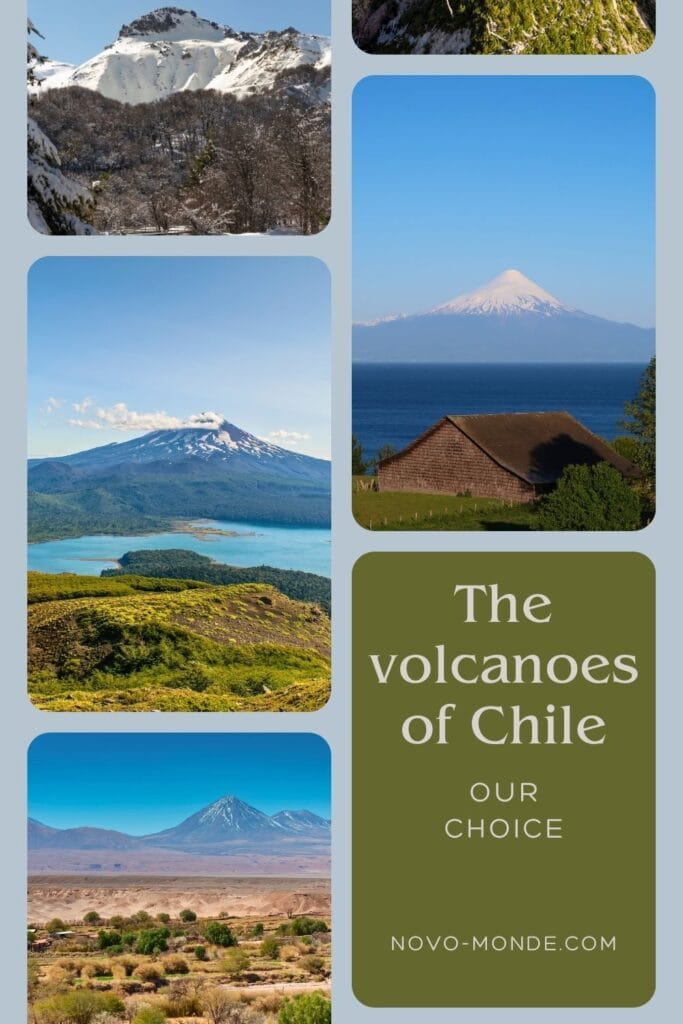
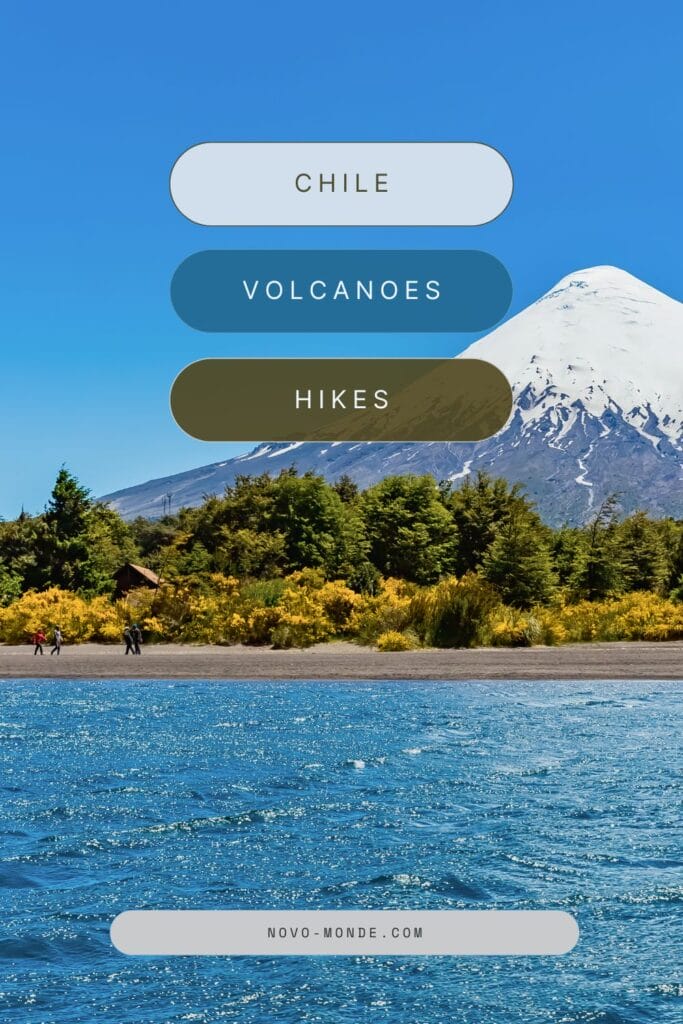
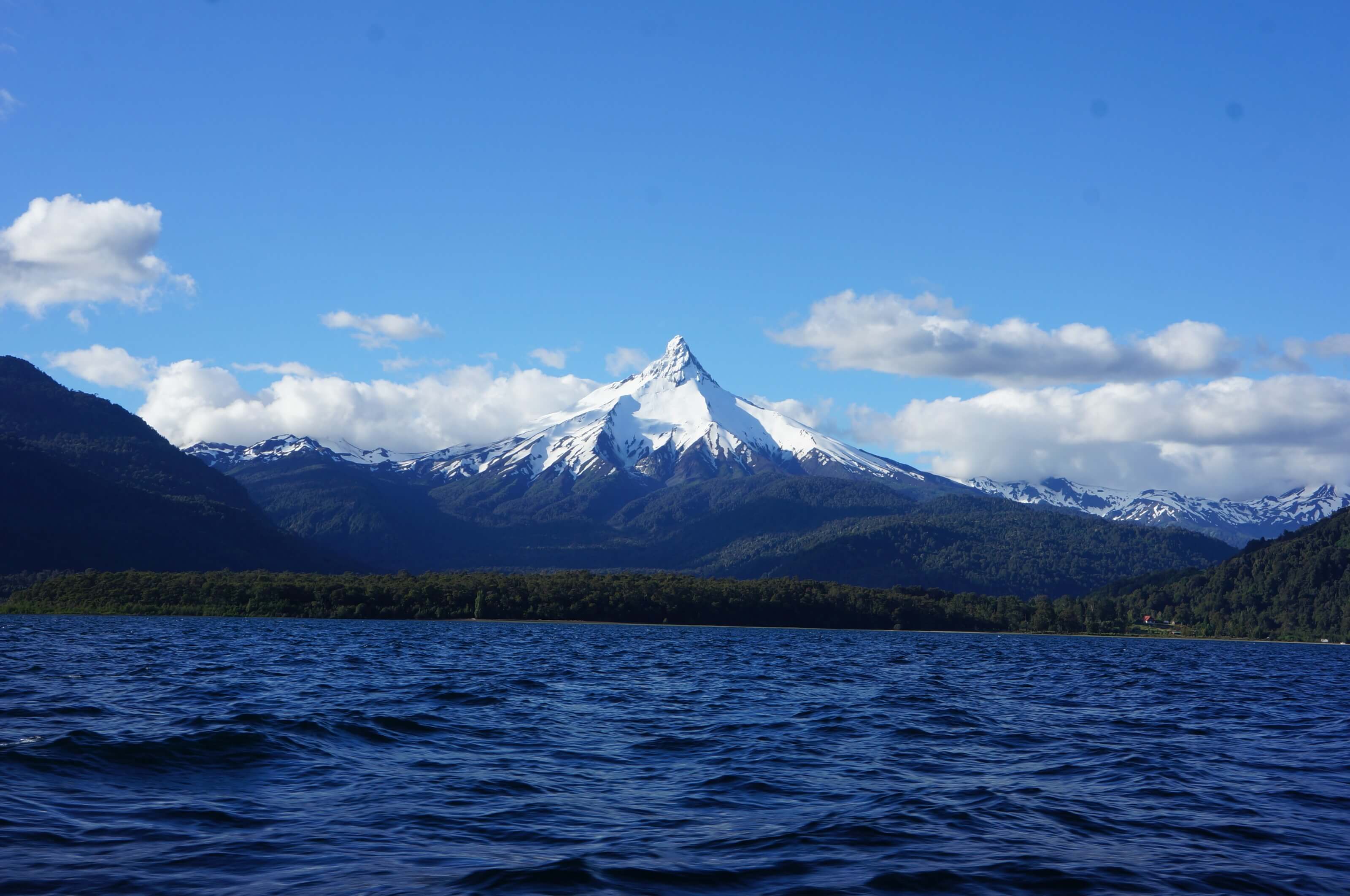
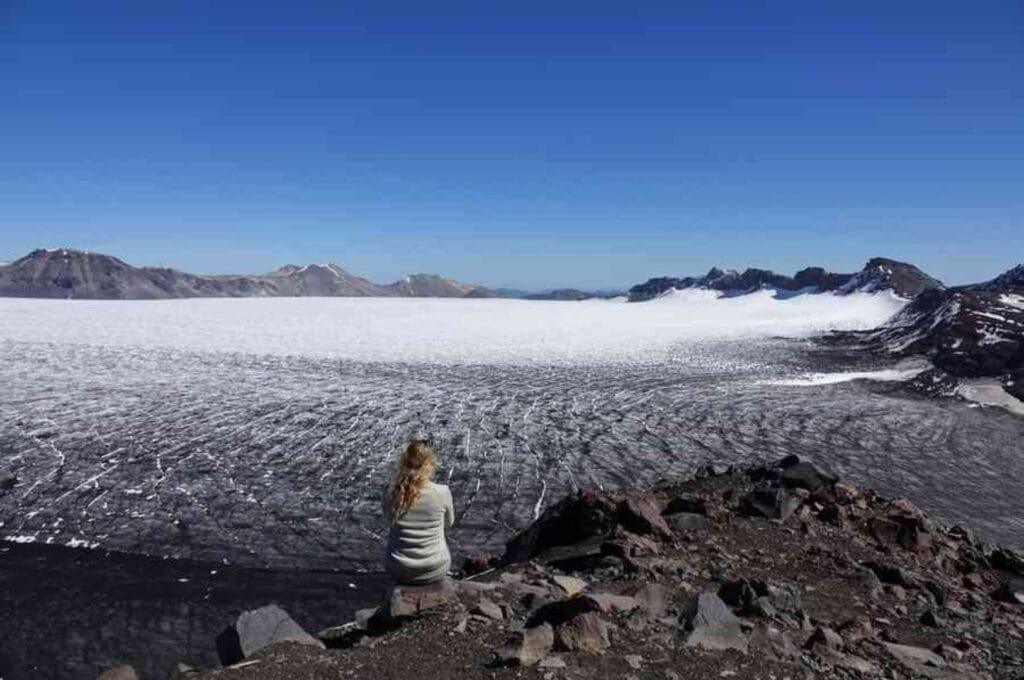
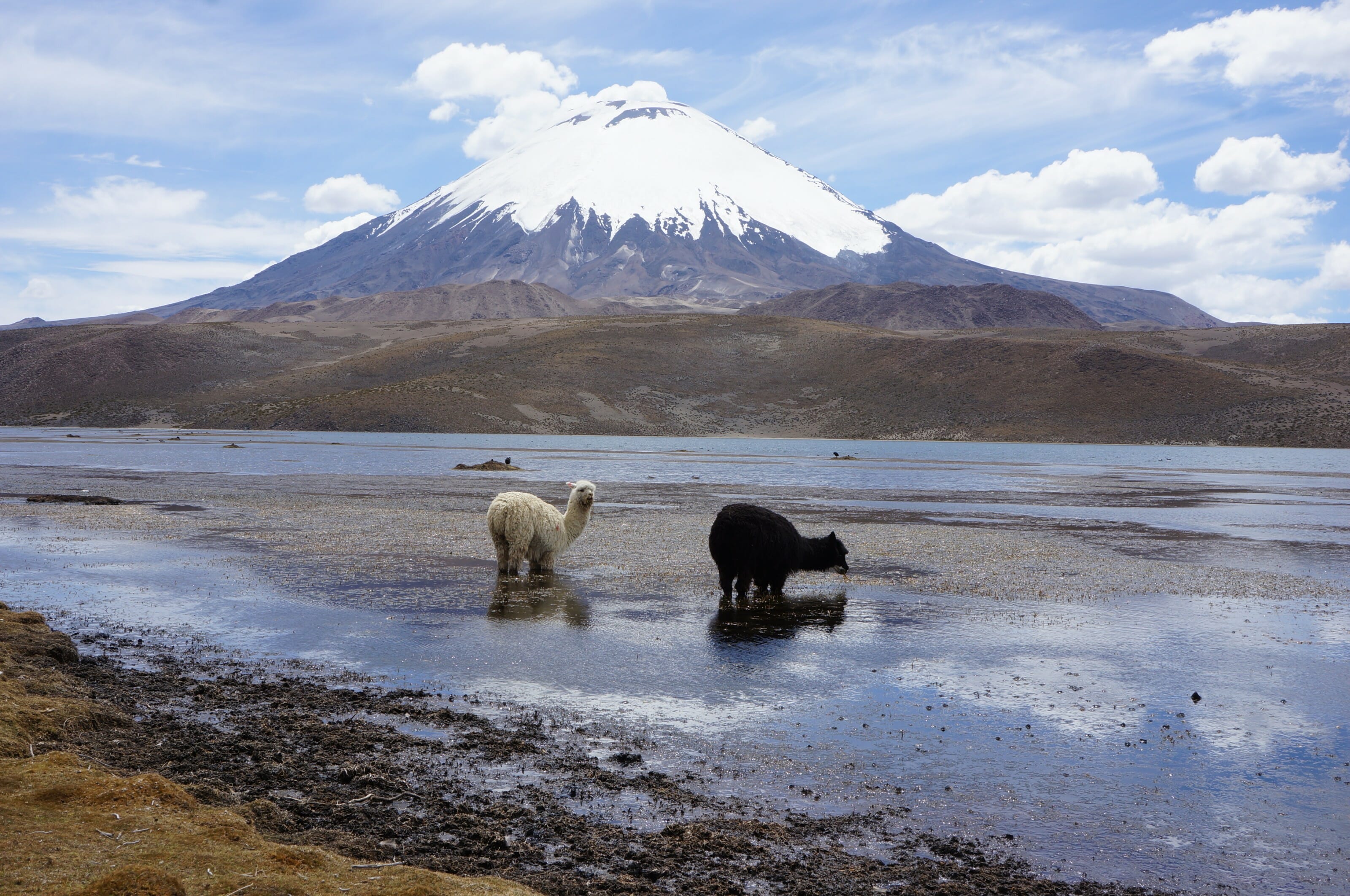
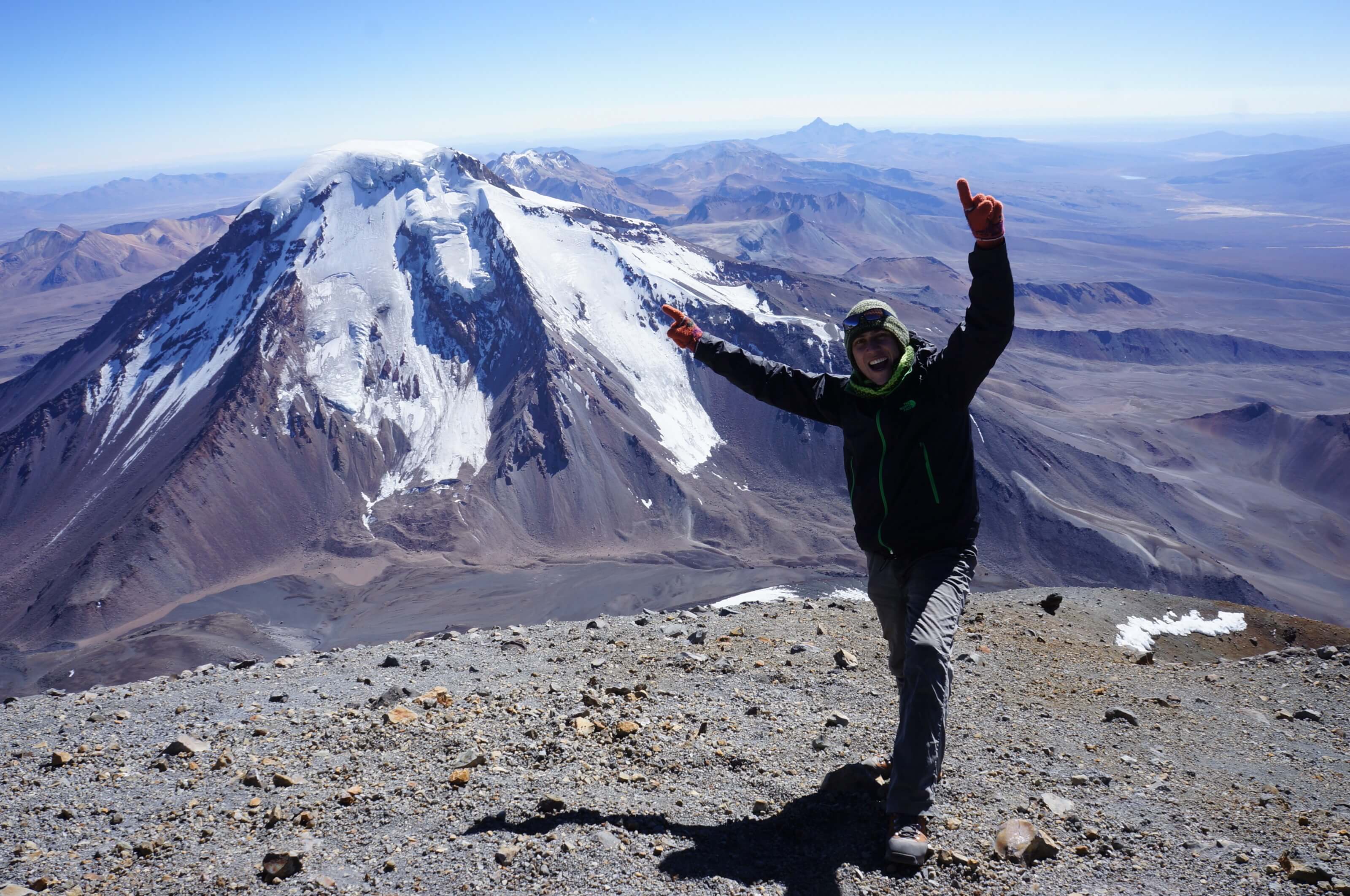
Join the discussion